New Year, new health resolutions! But this year, do consider making cancer screening a part of your annual health goals.
Cancer screening is a powerful arsenal to avoid the formidable adversaries of the deadliest of diseases. It is an excellent tool to detect malignancies at the earliest of stages which not only help in better combating with cancer but also improves the overall disease prognosis.
As people usually do not have any symptoms until the advanced stages of cancer, screening is your best chance to find cancer when it is small and hasn’t spread. So, in this era of medical advancement, making annual cancer screening a vital part of your schedule is not just a choice but a commitment to safeguarding a healthy tomorrow.
To help you with that, we are here with the list of the top screening tests one should undergo on a yearly basis. But before going into the testing details, it is important to know which types of cancer pose the greatest threats to males and females during their lifetime.
Most Common Cancers by Gender and Age
By Gender
According to the 2023 statistics of American Cancer Society (ACS), breast cancer is the most common cancer in females accounting for over 0.3 million new cases every year. Prostate cancer, on the other hand, is the most prevalent among males with a similar number of newly diagnosed cases per year. Lung and colorectal cancers hold the second and third positions in the list of the most common cancers in both sexes.
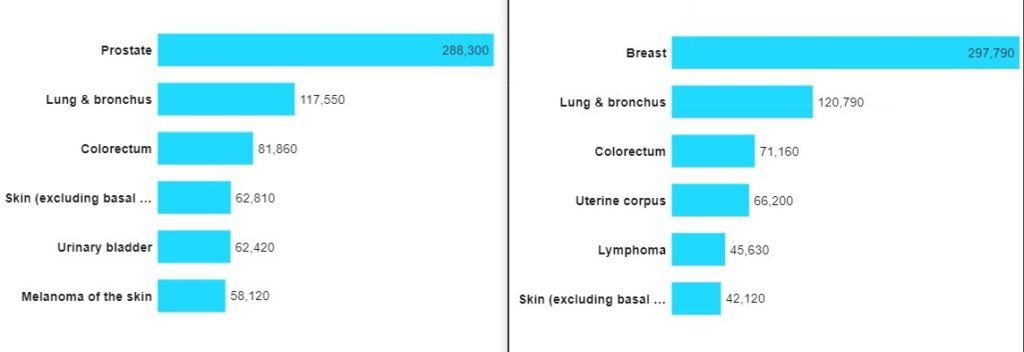
By Age
The risk prevalence of various cancers changes with age. For instance, leukemia and brain tumours, although rare, are the two most common cancers in children and teenagers. Testicular cancer is the most common type in male adolescents and young adults aged between 15 and 44. Above 45, the risks of prostate cancer are the highest reaching up to 60% in men older than 65.
In females aged 15 years and over, breast cancer holds the top position throughout the life course with a maximum number of cases diagnosed during 45 to 54 years of age.
Bowel and lung cancers are the second and third most common malignancies in both sexes; however, lung cancer takes the lead in the older age groups.
Annual Cancer Screening – The Top 5 Tests You Must Have Every Year
Based on the high prevalence and mortality of breast, prostate, lung, cervical and colorectal cancers, health experts recommend undergoing the following 5 screening tests on an annual basis.
Mammogram
A mammogram is a low-dose X-ray image of the breast. Doctors specifically perform it to look for the early signs or progression of breast cancer. CDC claims that undergoing mammograms regularly can sometimes detect the cancer up to three years before it is even felt.
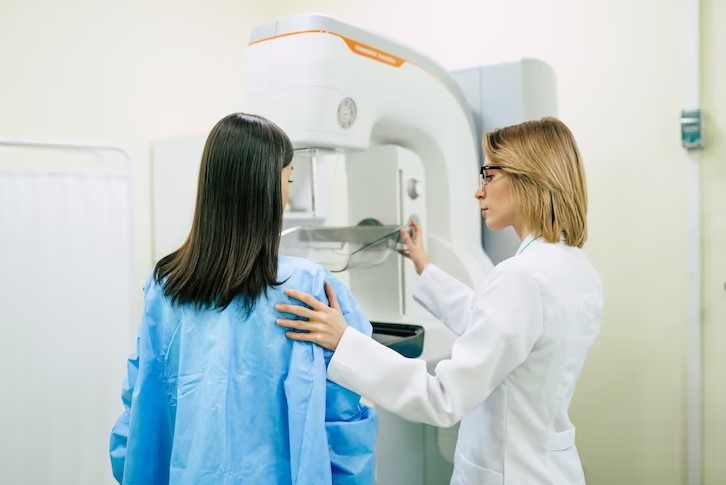
For an average woman, experts encourage her to start having annual mammograms after 40 years of age. However, according to the American Cancer Society’s guidelines, women at high risk of developing breast cancer should undergo screening tests every year starting from the age of 30.
How it is done?
- You will be asked to stand in front of an X-ray machine.
- The operator will then place one of your breasts between two horizontal plastic plates.
- The plates will apply some pressure to make your breasts flat.
- An X-ray image will be taken of the flattened breast.
- The same steps are repeated to get a side view of the same breast.
- Then, the X-ray images of the other breast will be taken in the same way.
Note: A mammogram is usually painless but some women find it discomforting due to the pressure being applied on the breasts. The distress is over soon as the test takes only a few moments.
Prostate Cancer Screening
Prostate cancer screening is very important in males especially in old age due to the high prevalence of this cancer. Screening of prostate cancer is done by checking the blood levels of prostate-specific antigen (PSA), a protein made by the prostate.
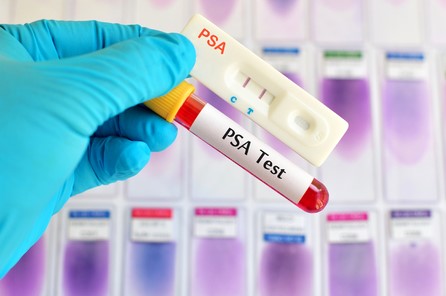
As per the ACS guidelines, men are recommended to start having prostate screening;
- At 50 – for those having average risks and a life expectancy of at least over 10 years
- At 45 – for men at high risk, including those who are African-American or have a first-degree relative diagnosed with prostate cancer before the age of 65
- At 40 – for men having more than one first-degree relative who developed prostate cancer at an early age
High levels of PSA indicate that the person has a higher likelihood of having prostate cancer. But it is not cancer all the time. Sometimes, it’s some medication, an infection or benign enlargement of the prostate that is elevating the PSA levels.
A doctor is, therefore, the best person to interpret your results. He or she may advise further testing including biopsy to confirm the diagnosis.
How it is done?
- A nurse or medical staff will draw a small amount of blood from one of your veins, most likely from the arm
- The sample will then be analyzed in the laboratory for checking the PSA levels.
Colorectal Cancer Testing
Another important screening that should be on your To-Do list is colorectal cancer screening. There are various diagnostic tests but colonoscopy is mostly used for screening and preventive purposes.
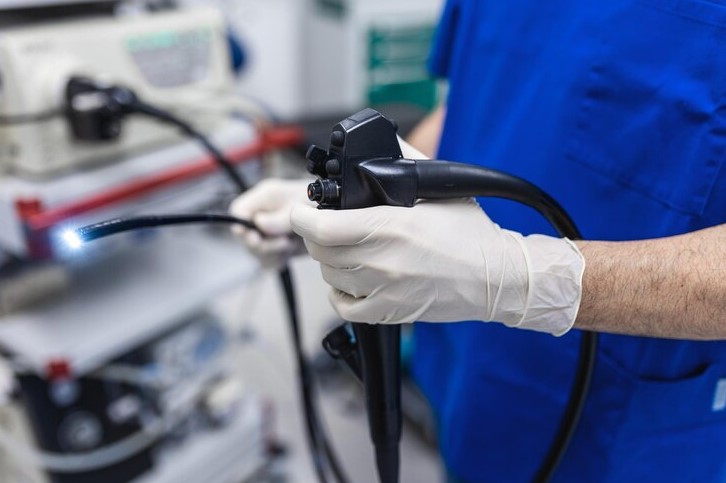
Experts from the U.S. Preventive Services Task Force (USPSTF) recommend that both men and women between the ages of 45 and 75 should be screened for colorectal cancer. Those older than 75, should consult their doctor for screening.
If everything looks fine on colonoscopy, the next testing is scheduled after 10 years. But it depends upon your personal and familial risks.
How it is done?
Colonoscopy is a test to examine the inside of your large intestine, including your colon, rectum and anus, with the help of a flexible tube, endoscope, having a lighted camera. It is done in the following steps;
- A few days before, you will be briefed about the instructions to prepare your gut for the test. This will include adjusting your diet, and taking liquids, followed by the intake of laxatives on the last day to clear your bowel.
- On the test day, you will be asked to lie on your left side with your knees bent and touching your chest
- A lubricated tube having a camera at the end will then be inserted through your anus into your rectum and large intestine
- The procedure may be done under complete or partial sedation while your vitals are being monitored throughout the testing
- Your doctor will examine the insides of your colon, take pictures, and look for any polyps. If a polyp is seen, it can be removed right away or left to be dealt with in future.
- The tube will be taken out at the end of the procedure.
Lung Cancer Screening
In this era where smoking has become so common, lung cancer is constantly on the rise. The rising trend and the alarming number of cases and mortalities advocate the annual screening of lung cancer in people who are at risk.
USPSTF recommend a yearly screening for people who meet the following criteria;
- Have a smoking history of 20 pack years or over
- Currently a smoker or have quit smoking in the past 15 years
- Have age between 50 and 80 years
The only recommended and gold standard test for lung cancer screening is a low-dose CT scan (LDCT).
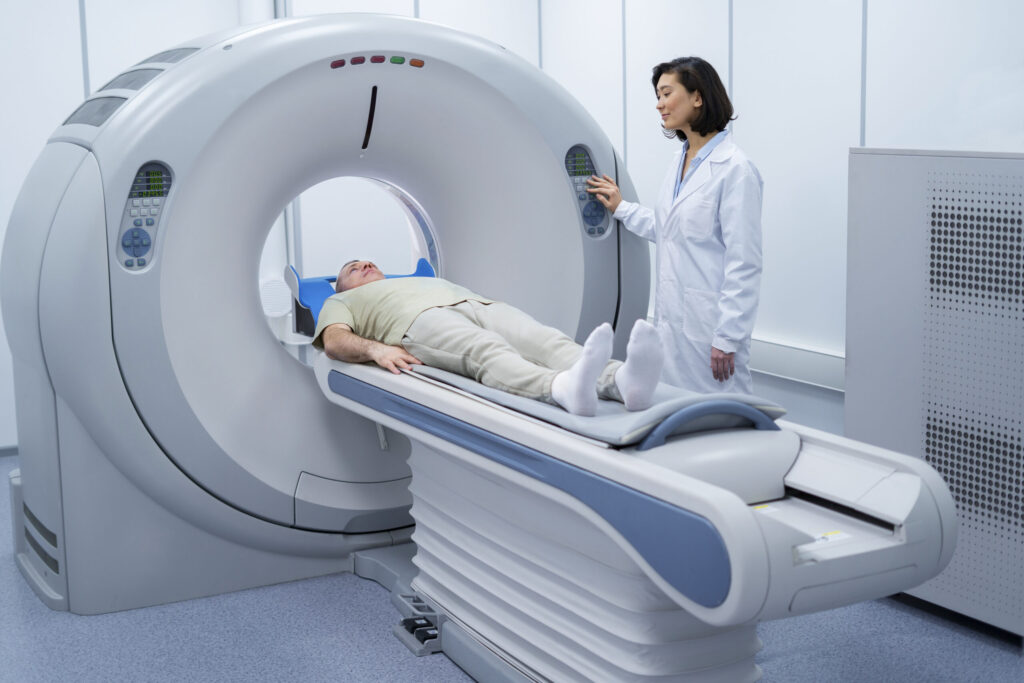
How it is done?
- During the LDCT, you will be asked to lie still on the CT machine table.
- Either the table will slowly pass through a donut-like scanner or the scanner moves over the table to capture the detailed X-ray images of your body.
- The automated voice system of the machine will give commands for holding your breath at some points during the procedure to get clear pictures of your inside.
- The machine is a bit noisy, so, you might hear whirring sounds during the test.
- The process is quick and only takes a few minutes. Your CT films will be handed over to you, which will later be interpreted by a doctor.
Cervical Cancer Screening
Whoa! Where does this come from?
Well, cervical cancer might not be in the above-mentioned stats, but it is quite common in women. According to WHO, it is the fourth most common cancer in women around the globe accounting for 604,000 new cases and 342,000 deaths during the year 2020.
The most common culprit is the infection caused by the Human Papillomavirus (HPV). HPV test and Pap test (also known as Pap smear) are the two screening tests used for the prevention and detection of cervical cancer in its early stages.
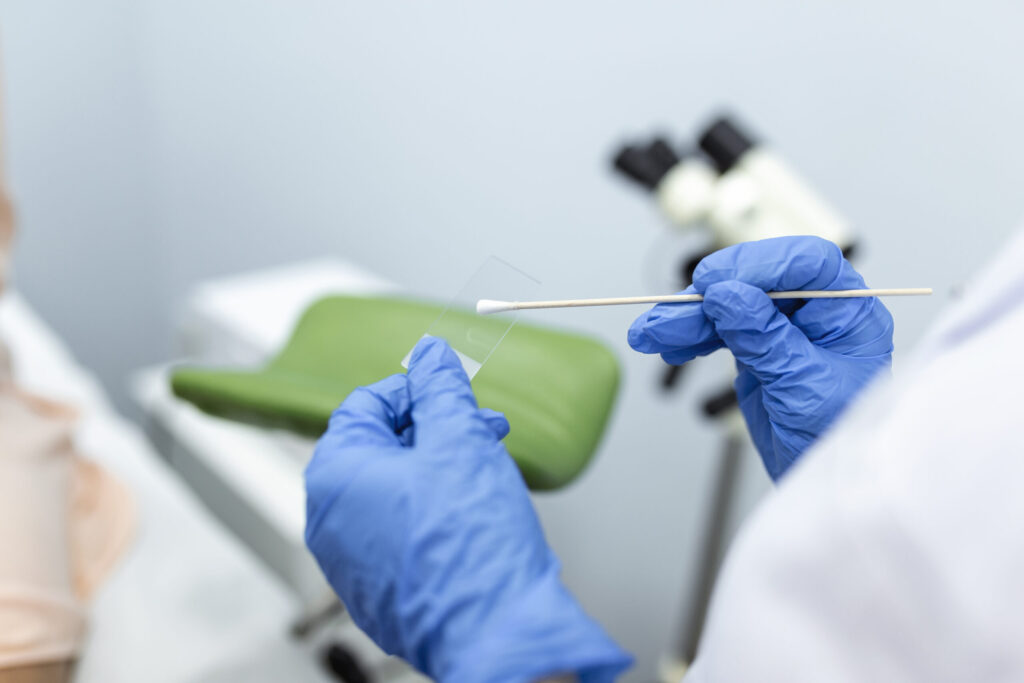
Experts recommend starting getting screened for cervical cancer from the age of 21. You will need to undergo the screening tests every 3 or 5 years depending upon your age, risk factors and the results of previous testing.
How it is done?
- Both types of testing are done as an in-office procedure
- A plastic or metal speculum will be used to open the vagina and look inside
- The doctor will do a thorough examination of the vagina and cervix
- A sample of cells and mucus will be taken from the cervix and the surrounding areas, which will then be sent to a laboratory for testing
- In the HPV test, testing is done to look for the HPV virus
- In the Pap test, the lab guy will look for cellular changes that could turn into cervical cancer
Bottom Line
Prioritizing annual cancer screening, including mammograms, prostate cancer screening, colorectal cancer testing, lung and cervical cancer screening, is crucial for early detection and improved prognosis. These preventive measures empower individuals to proactively manage their health, making it an essential commitment for a healthier future.
- About the Author
- Latest Posts
Hello fitness enthusiasts! I am Dr. Haris, a dedicated certified medical practitioner, and a professional freelance medical writer with many years of experience in medical writing. My journey includes a noteworthy stint as a former house surgeon at Mayo Hospital Lahore, and now I am pursuing residency training in the field of cardiac surgery.
Being a doctor, I always find immense joy in sharing valuable insights, guiding individuals on the path to optimal health. I am proud to be a part of the Blufashion team, where I contribute by reviewing and writing articles related to everyday health and wellness. Our commitment is to empower Blufashion readers by disseminating accurate health information.
Connect with Dr. Haris on LinkedIn.
- Virtual Serenity – Potential Use of Virtual Reality (VR) in Chronic Pain Management
- DASH Diet in 40s Can Save Women from Cognitive Decline in Seniority Years
- Is Artificial Intelligence (AI) the Future of Breast Cancer Screening?
- Cancer Screening Tests That Should be on your Annual Health Checklist
- Cancer Concerns – Are Formaldehyde Hair Straighteners Moving Towards A Ban?





